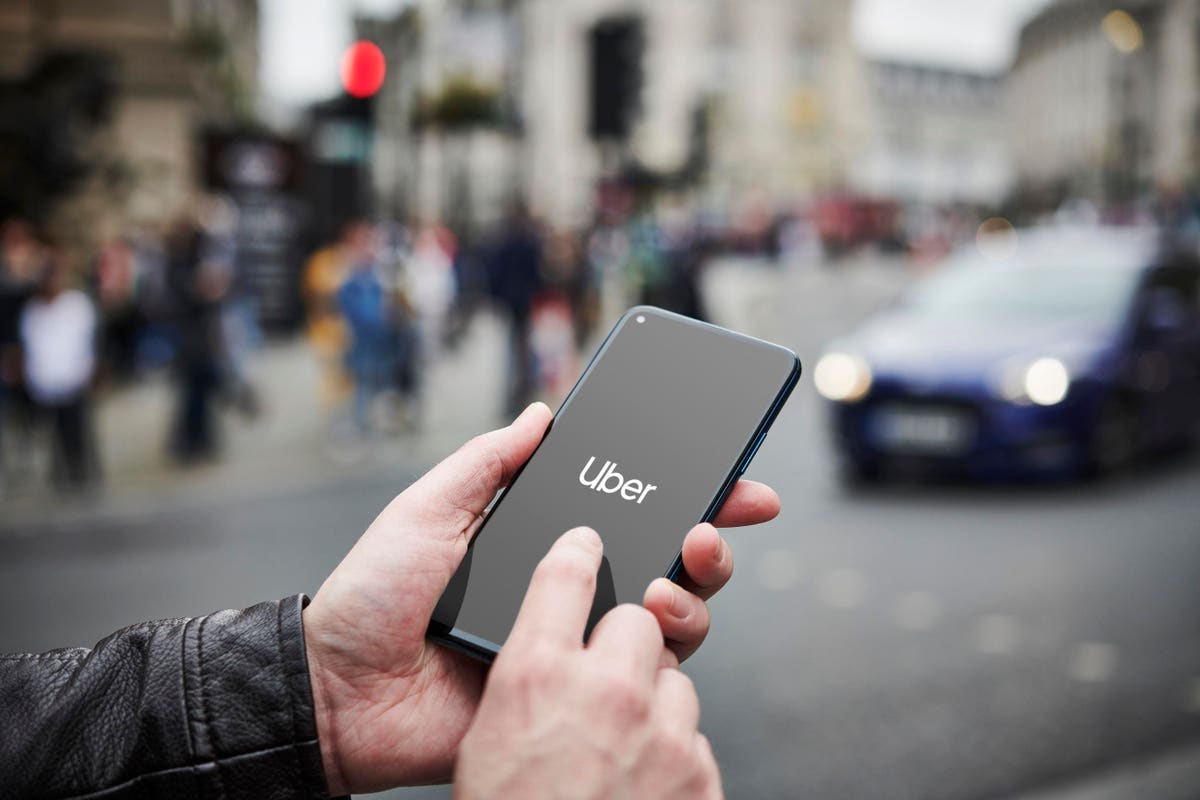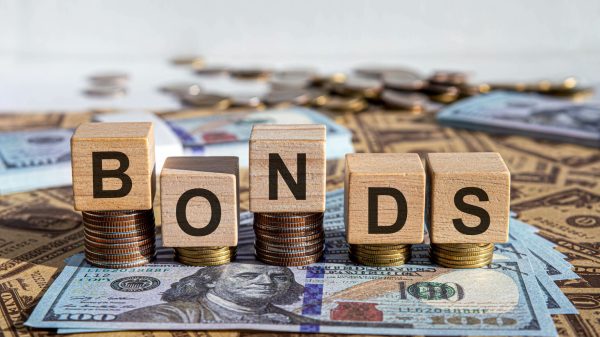Key takeaways
- Uber recorded a first-ever operating profit in its history, with earnings per share beating expectations in Q2
- Revenue, however, fell short of expectations and the company warned Lyftwas a worthy competitor with its price cuts
- Uber shares sank as much as 6% despite the positive operating profit news
Uber execs are breathing a sigh of relief as the company marked a significant milestone in this year’s second-quart earnings, reporting an operating profit for the first time ever as growth initiatives and cost-cutting measures paid off.
That didn’t stop the share price from sliding, primarily due to a warning on Lyft’s competitive pricing strategy, potentially rattling investors’ confidence. Still, things look positive for the lift-sharing app’s future. We’ve got the lowdown below on where Uber was up on the earnings beat and how deeply the shares sank.
Uber’s good news was met with disdain from Wall Street, which shows it’s impossible to predict what might happen in the frenetic tech market. Q.ai’s Emerging Tech Kit takes away the hassle by packaging up tech stocks and ETFs for you to invest in without the stress.
It’s all powered by a nifty AI helper, which does the heavy lifting with the data and predicts which assets are set to take off. It then rejigs the Kit’s holdings as needed to help you be a winner on the markets.
Download Q.ai today for access to AI-powered investment strategies.
How did Uber’s earnings beat shape up?
Lift-sharing app Uber reported earnings of 18 cents a share for the second quarter, based on revenue of $9.23 billion, up 14% from last year. The results are also way up from the same time last year when Uber recorded a $1.33 per share loss and $8.07 billion in revenue. Still, analysts had been expecting adjusted earnings per share of 16 cents based on revenue of $9.34 billion.
Gross bookings, the total value of purchases made in the app, arrived at $33.6 billion for the second quarter, up 18% from the previous year. Ride-share and delivery bookings were up 28% and 14%, respectively.
According to the report, trips for the quarter grew 22% year over year to reach 2.3 billion rides, and most excitingly for the company and investors, operating income was $326 million, up a massive $1 billion year on year. It’s the first operating profit the company has ever recorded in its 14-year history.
Guidance for the third quarter also looked promising. Uber’s EBITDA forecast is $957 million and $1.025 billion when analysts had forecast $927 million. As for gross booking, it’s looking at between $34 billion and $35 billion, when Wall Street had predicted $34.1 billion.
In a prepared statement, Uber’s CEO, Dara Khosrowshahi, was straight to the point. “Robust demand, new growth initiatives, and continued cost discipline resulted in an excellent quarter, with trips up 22% and a GAAP operating profit, for the first time in Uber’s history”, he said.
Uber’s rocky road to profitability
It hasn’t been easy for the lift-sharing app, which describes itself as a technology company, to reach this point. Uber burned through nearly $30 billion in operating losses between 2016 and this year’s first quarter.
The pandemic meant Uber suffered heavy losses to its lift-share division, relying on the food delivery service to prop up the business as it made layoffs and exited non-essential operations, like self-driving cars. Uber also made further job cuts this year, shedding 200 recruitment roles and cutting 11% of the workforce in its subsidiary, online grocer Cornershop.
These decisions have helped Uber weather the current economic downturn, and signs that the ship was finally turning around came when in Q1 this year, it reported adjusted earnings before interest, taxes, depreciation, and amortization of $761 million. Now it’s here, the question is – can Uber sustain its momentum?
The signs are mixed. Even though revenue was up this quarter 14% compared to last year, that’s a slower pace of growth than in previous quarters. There’s also brewing litigation about whether Uber drivers can claim expenses from ride-share companies.
But there are positives, too. Uber launched its premium subscription tier, Uber One, which is now available in 15 countries. It has also introduced video ads on Uber and Uber Eats, with a revenue run-rate of $650 million for the second quarter. These are promising enough signs for investors to have hope.
There’s also the matter of Uber’s market share after the CEO mentioned its competitor Lyft during the earnings call. “They’ve (Lyft) taken some tough actions, and they are competitive in pricing now,” Khosrowshahi said, calling the rival a “tough competitor”. Lyft, which has been pricing its rides more aggressively, reports its earnings next week.
Wall Street’s reaction
Despite the upbeat earnings report, Uber’s share price fell nearly 6% during Tuesday trading; its commentary on Lyft being a worthy competitor during the earnings call may have spooked investors, who have been betting big on Uber’s share price this year. While the stock recovered slightly to close 4% down, it was still the stock’s worst performance since March.
Uber’s share price has skyrocketed 81.7% this year, reaching a 52-week high before the earnings beat dropped. The stock is still far below its peak of more than $60, which it achieved in early 2021.
The Lyft comments also sent the rival ride-hailing company’s shares freefalling. Lyft lost 5% on its stock price on Tuesday after the Uber earnings call prompted concerns that it could cut ride prices and hurt its bottom line. Lyft has only seen a 6.5% increase in its share price in 2023 and is down around 80% in the last two years.
The bottom line
Going forward, Uber faces the challenge of maintaining the momentum it’s built as it navigates an increasingly competitive market and some potential legal hurdles on the horizon. Wall Street’s reaction to the earnings report suggests investors are thinking along the same lines.
On the bright side, investors can take heart that potential growth levers like Uber One and new advertising avenues are there to sustain profitability. Uber’s success will ultimately depend on whether it can focus on promoting opportunities and minimizing its challenges.
The tepid response from Wall Street to Uber’s positive news emphasizes the fickle temperament of the tech market. However, Q.ai’s Emerging Tech Kit aims to ease the pressure by packaging choice tech stocks and ETFs together.
At its core, a savvy AI aid crunches data, identifies potential high-growth assets, and reshuffles the Kit’s holdings as needed, helping to ensure you stay ahead of the market game. It’s your new investing best friend.
Download Q.ai today for access to AI-powered investment strategies.
Read the full article here








